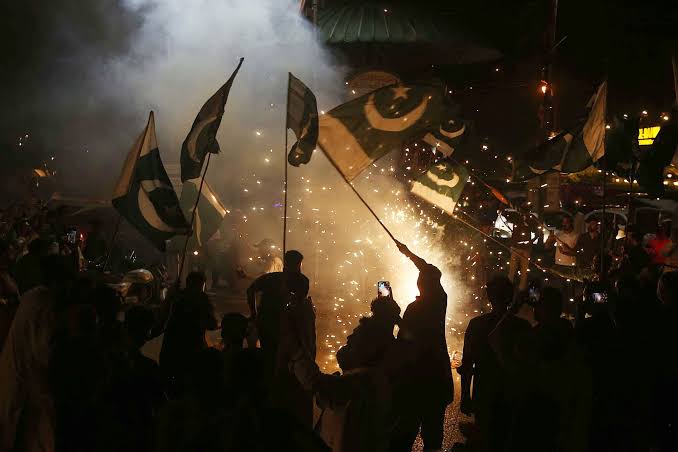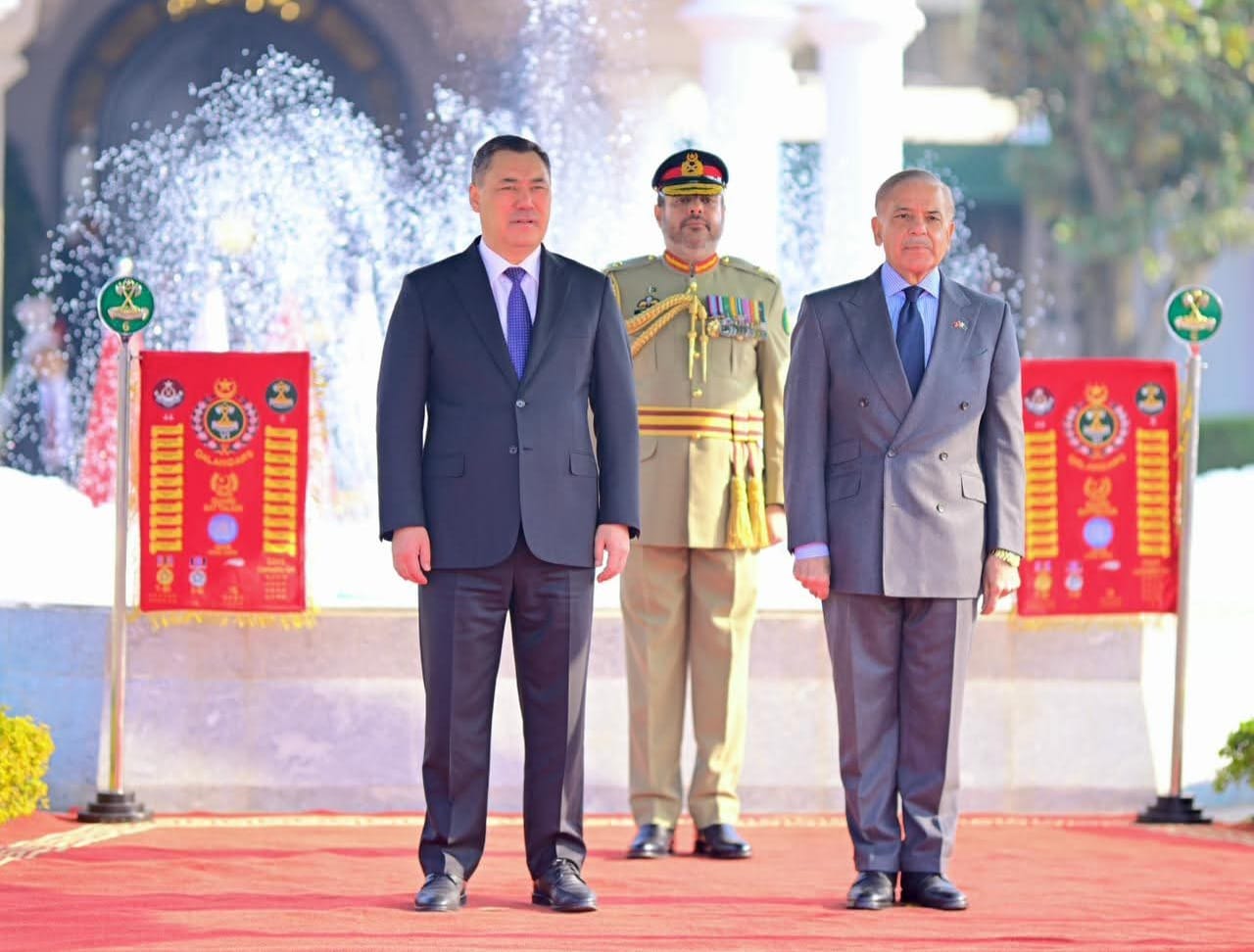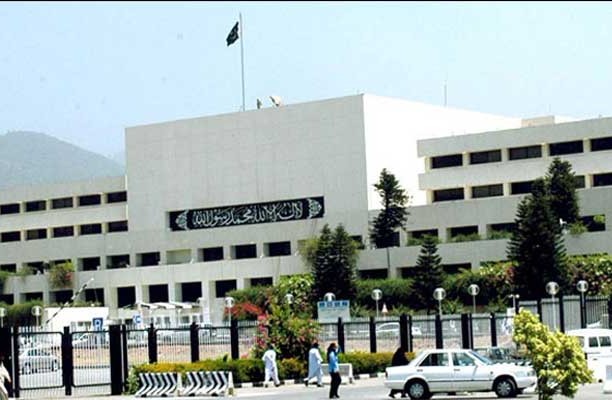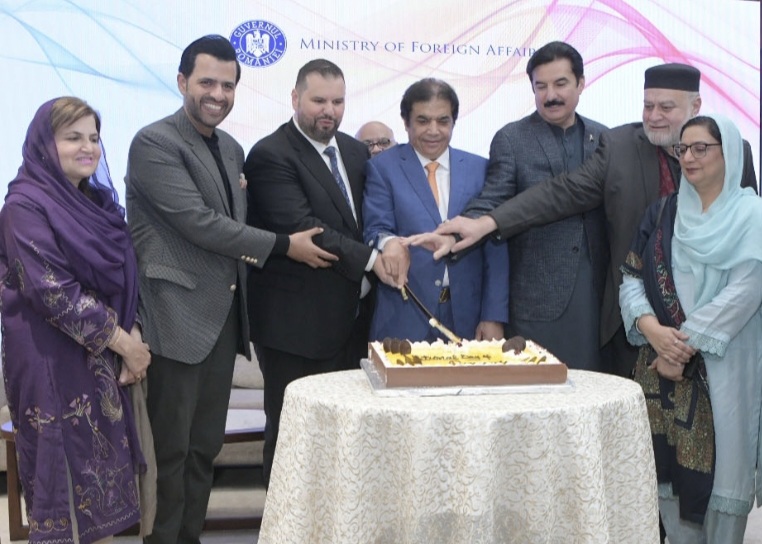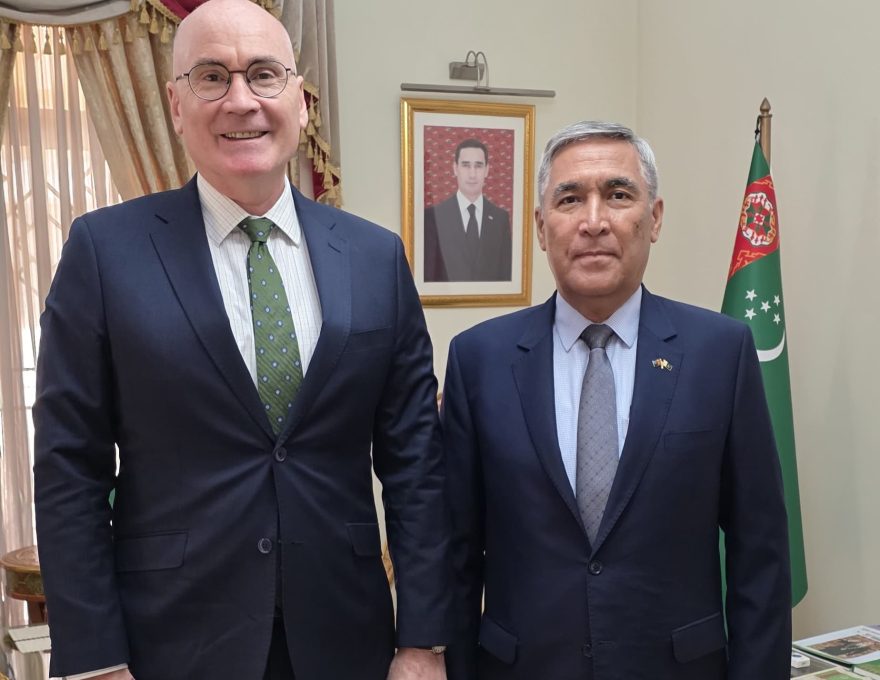The world witnessed the new wave of escalation in the South Asian region, where the nuclear brinkmanship by India achieved nothing. This situation directly connects with the Deterrence Theory in international relations, which argues that nuclear armed states avoid full scale war to prevent mutual destruction. History has shown us that when leaders wanted chaos and wars, they destroy societies and kill millions. The aggressive actions of the Indian Prime Minister Narendra Modi against neighboring country, Pakistan led to the tragic deaths of innocent civilians in both sides of the borders.
I have previously provided a detailed analysis of the recent escalation in South Asia, updating my audiences about the situations in depth. Today I am writing this article on the post-ceasefire development between India and Pakistan and analyzing why India agreed for a ceasefire despite the country initiated the conflict to escalate it, but within 88 hours, what compelled India to pull back?
There are multiple factors that forced India to end the war, it started to escalate and destroy Pakistan. Over the past 76 years India and Pakistan have fought numerous wars none of them won the war but these conflict ended in a stalemate. The Kargil war, the 1965 war, and other minor skirmishes between both countries could not bring a conclusive win for either side. Similarly, there are numerous other conflicts in global history where stalemates achieved. For instance, the Korean war, Vietnam war, Iran-Iraq war,Nagorno Karabakh conflict, and the first Chechen war. These wars did not achieve their desired outcomes and eventually ended without victory.
In the context of the India-Pakistan recent escalation, India despite being the 5th largest economy and having the biggest defense budget in the region, could not survive a long term war due to the bravery of Pakistani soldiers and the strong response from Pakistan’s military. It is undeniable to say that India while calling itself a regional power competing China and claiming to be the leader of South Asian region, has faced a significant defeat from Pakistan in conventional warfare. India used high-powered Western technologies defense systems which were far more expensive than what Pakistan deployed in the battlefield. Indian Planes were crashed by Pakistani brave soldiers and defeated in the skies. Similarly, the response of the Pakistani military to the Indian military’s operation Sindoor was unexpected for India.
India perceived Pakistan as a defaulted country with an isolated foreign policy and no strength to deter Indian aggression. But everything India was thinking about Pakistan turned out to be a strategic mistake. We can observe in this recent escalation that it was India that stood diplomatically isolated, no country openly supported India or stood staunchly with her. India’s claims were not accepted by world leaders and even close allies rejected its narrative of having the right to attack a sovereign country without substantial evidence.
Secondly, India’s perception about itself that we are the regional hegemon also proved to be baseless. The country faced difficulty in fighting a poorer country such as Pakistan, whose GDP is less than that of one Indian state. One can see that India is no longer a regional hegemon and does not have the capability or capacity to claim that title.
Third, despite India’s call to halt IMF funding to Pakistan, in the midst of the war, Pakistan successfully secured 1 billion dollars IMF bailout package. The struggle of India to isolate Pakistan and label it as a terrorist sponsor country also failed. Pakistan brilliantly prevented the war from escalating, responded effectively to Indian aggression and secured economic support during the conflict.
In this war, India used Western technologies and highly sophisticated and expensive missile systems and aircraft. Pakistan, on the other hand, used Chinese technologies and aircraft, which surpassed the Western technologies on the battlefield and increased the demand for the Chinese defense industry globally. This also incentivized the Chinese defense marketing around the world and caused a downgrading of Western systems like the French Rafels.
The question arises in every one’s mind: How did the President of the United States, Donald Trump change his stance from neutrality to supporting a ceasefire agreement?
According to a CNN report, Washington received a strong evidence of dramatic escalation in the war and eventually the Trump administration intervened to prevent further deterioration. Similarly, the strong response by Pakistani administration against Indian aggression further increased the urgency to intervene diplomatically.
India’s justification for attacking what is called terrorist sanctuaries while in reality targeting innocent civilians was baseless. Pakistan has a population over 250 million people. India cannot call all Pakistanis terrorists just to curry favor from the right Indian audience they lost because of a stupid joke.
One can argue that no country achieved its desired results in this conflict. If either side had the upper hand, it wouldn’t have come to the negotiation table. As we see in Russia-Ukraine conflict, Russia having the upper hand, impose harsh terms and conditions in any potential agreement. The same goes for the Palestine and Israel war where Israel holds upper hand. Ultimately, this war only proved that it does not produce winners, but leaves loss and sorrow in its wake. Indeed, India grossly miscalculated but received a reaction from Pakistan that was both unexpected and firm in reminding the world of the fact that strength is not only measured in weapons and budgets. If peace is the end sought by both these nations, an honest dialogue, not aggression, has to chart the forward path.

The author is a PRCCSF fellow and research analyst having keen interest in foreign policy,history,geopolitics, and international relations.
